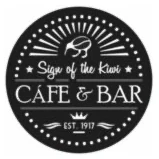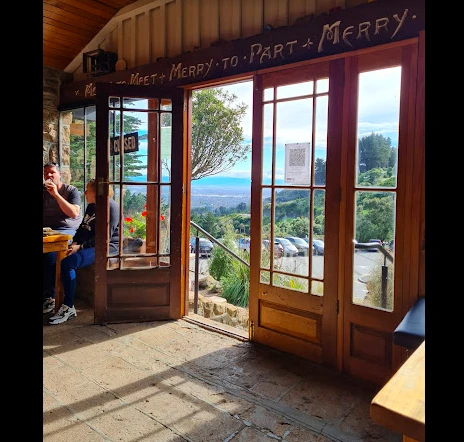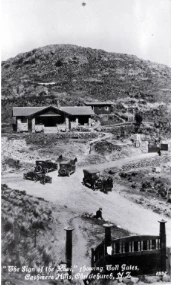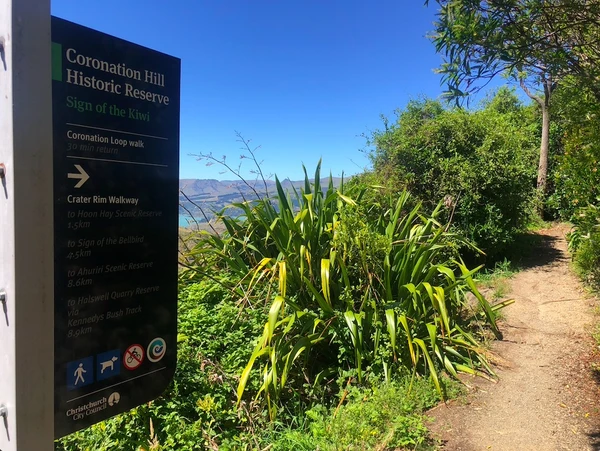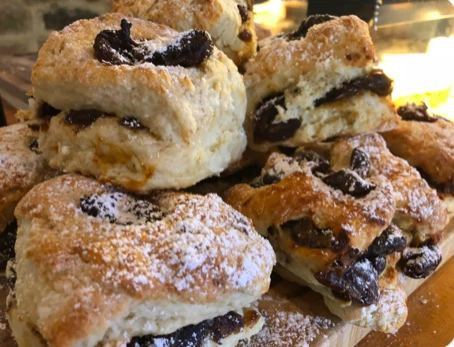The Sign of the Kiwi Cafe
Best Date Scones in Town!
The Sign of the Kiwi serves great coffee and delicious, fresh food! Come up and see us and enjoy the view. Loads of seating inside and out, and an ice cream parlour for those sunny days!
Now the Sign of the Kiwi is not just about the great food and views! There are loads of walks and native bush around the area, so that you have the opportunity to earn that scone or walk it off later!
All this thanks to a chap named Henry Ell.
An enthusiastic naturalist, he wanted to preserve forests to conserve soil and water, and create reserves and afforestation programmes to ensure adequate timber supplies and to provide better training for scientific foresters. His visionary campaign to develop reserves on a systematic basis during land settlement was influential in the passing of the Scenery Preservation Act.
The Summit Road scheme
After his defeat in local politics, Ell spent most of his time on his Summit Road scheme. In 1900 Ell had been successful in stopping the closure of different tracks on the hills, and from then on he had worked towards setting up a network of scenic reserves along the Port Hills, connected by a specially built road and rest-houses at regular gaps for walkers to stop at.The first scenic reserve was set up at Kennedy’s Bush in 1906 with help from the government and public fund-raising. Three rest-houses were later built: the Sign of the Bellbird, the Sign of the Kiwi, and the Sign of the Packhorse.
By the 1930s there were a string of reserves, consisting of some 500 acres, along the proposed road line, which had been surveyed from Godley Head to the Pigeon Bay saddle, and large parts of the Port Hills section of the road had been built.
Harry Ell’s last years were spent supervising the construction of the fourth rest-house, the Sign of the Takahe. Relief workers, known as Ell’s Angels, and an expert carver, Mary Sophia Douglas, helped in this work. Ell died on 27 June 1934 in Christchurch.
The two-storeyed building of the Sign of the Takahe was not finally completed until 1949, 15 years after his death. All four houses were built of local stone, and designed to blend in with the landscape.

